Black History Month is a time to remember significant milestones and the steps taken to achieve the goal for equality. An important piece of Black History in San Francisco took place when the first Black family moved into nearby Glen Park, a predominantly white neighborhood.
Bertram and Frances Tyrrel were the first Black family to move into Glen Park in 1917. Bertram Tyrrel was an immigrant from British Guyana and came to the United States around the late 1880s. He first arrived in Virginia, where he enlisted himself in the US Navy, but then moved to San Francisco where he worked as a porter at The Palace Hotel in downtown San Francisco.
Bertram Tyrrel was dismissed from The Palace in 1896 due to white conservative unions who found the hotel was becoming too “diverse and liberal.”
“In other places in the U.S. at that time, even if it was a free state, the hostility towards black people was difficult to avoid,” said Amy O’Hair, the historian behind the Sunnyside History Project, who researched the Tyrrel family and the hardship Black people went through during the early stages of America.
This firing led to Bertram becoming a janitor and working his way up to become part of the Department of Public Works.
“If you could make the effort to move – and it was a big move at that point – that it offered the possibility if you’re willing to risk the unknowns in California,” O’Hair said, explaining the difficulty in picking up and moving to another state.
According to SF genealogy, the population of black people in the 1910s was about 7,000 to 10,000 in the city. The Tyrrels moving into Glen Park broke a momentous barrier that opened up single race neighborhoods to diversity.
The house that the Tyrrels moved into is located on Laidley and Fairmount streets. The house was originally owned by Teresa Bell, who moved away and rented to the Tyrrel family. As Bertram became part of a new community along with his family, he became part of fraternal organizations that helped the African American Community through “social, economic, and political support.”
“Now, fraternal organizations have worked with churches or been aligned with churches at various times, but fraternal organizations are a sort of a unique–I mean, they got to be very strong in the U.S. For any different person in the nineteenth century, they would have belonged to, probably, one to even three organizations. Plus a union,” O’Hair said.
Black Student Union member Jordan Noeuku ’21 said learning about Bertram Tyrrel and Black History is important.
“You’re actually celebrating those who fought for unity between races, those who fought against discrimination, and by knowing this will help us understand more of who we are, as individuals and by celebrating these people we are also thanking them.”



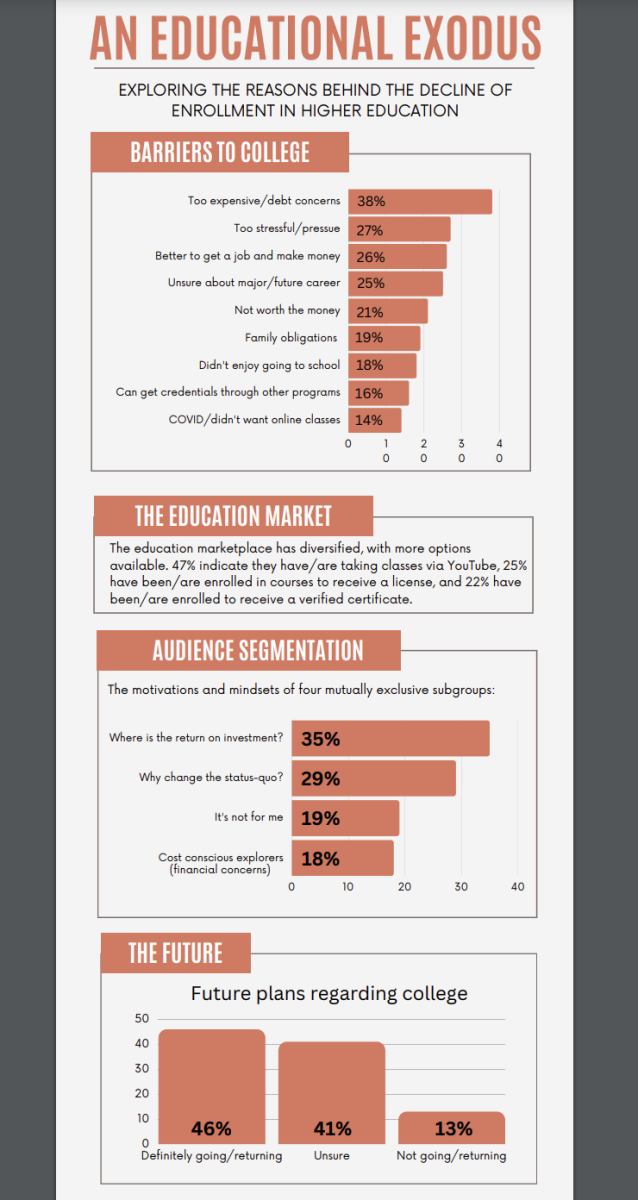

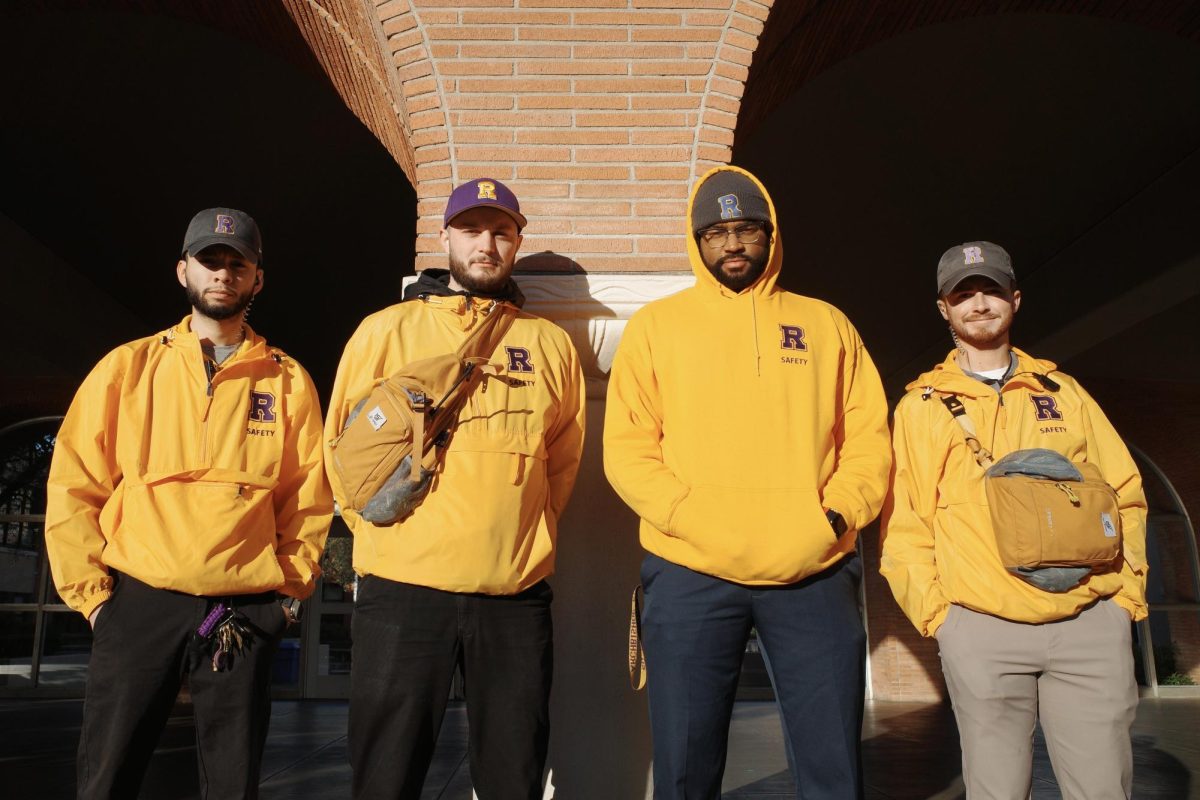
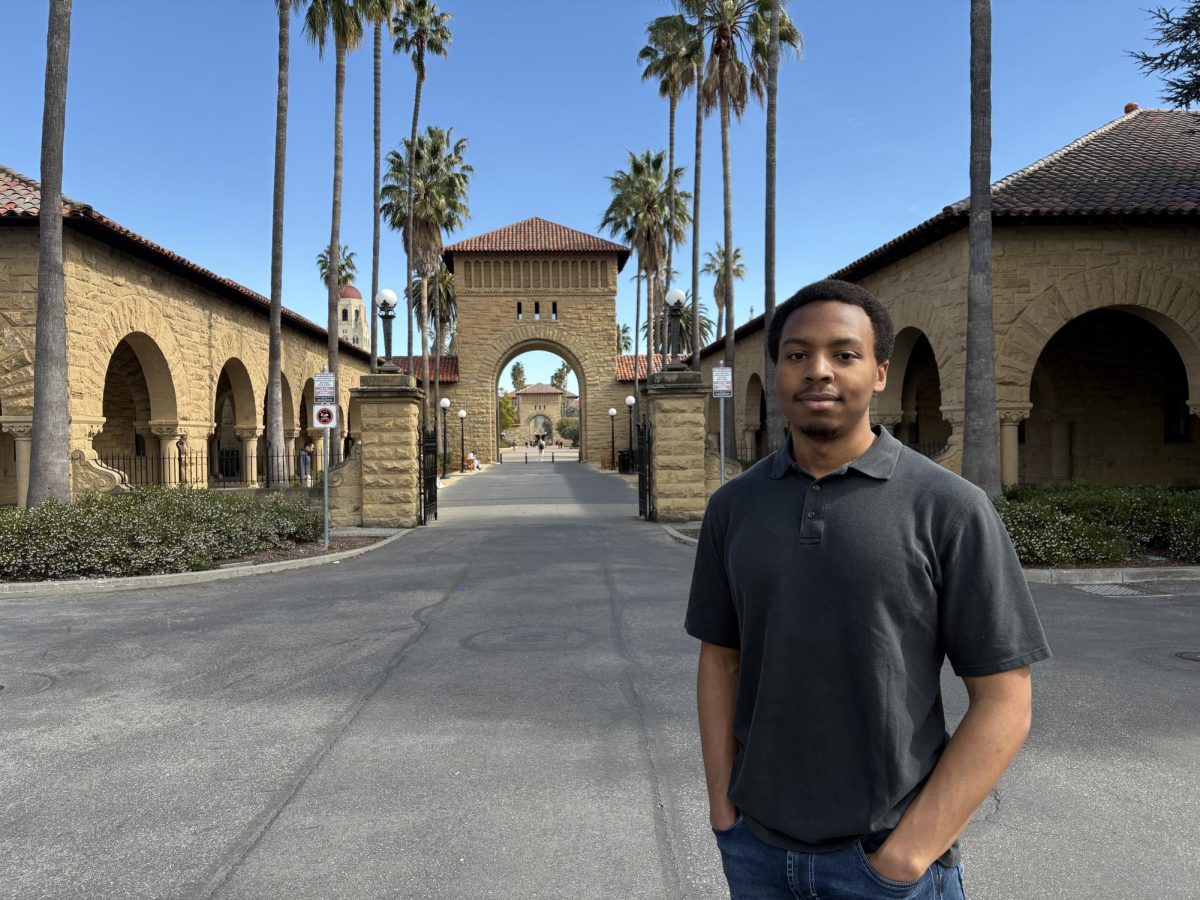
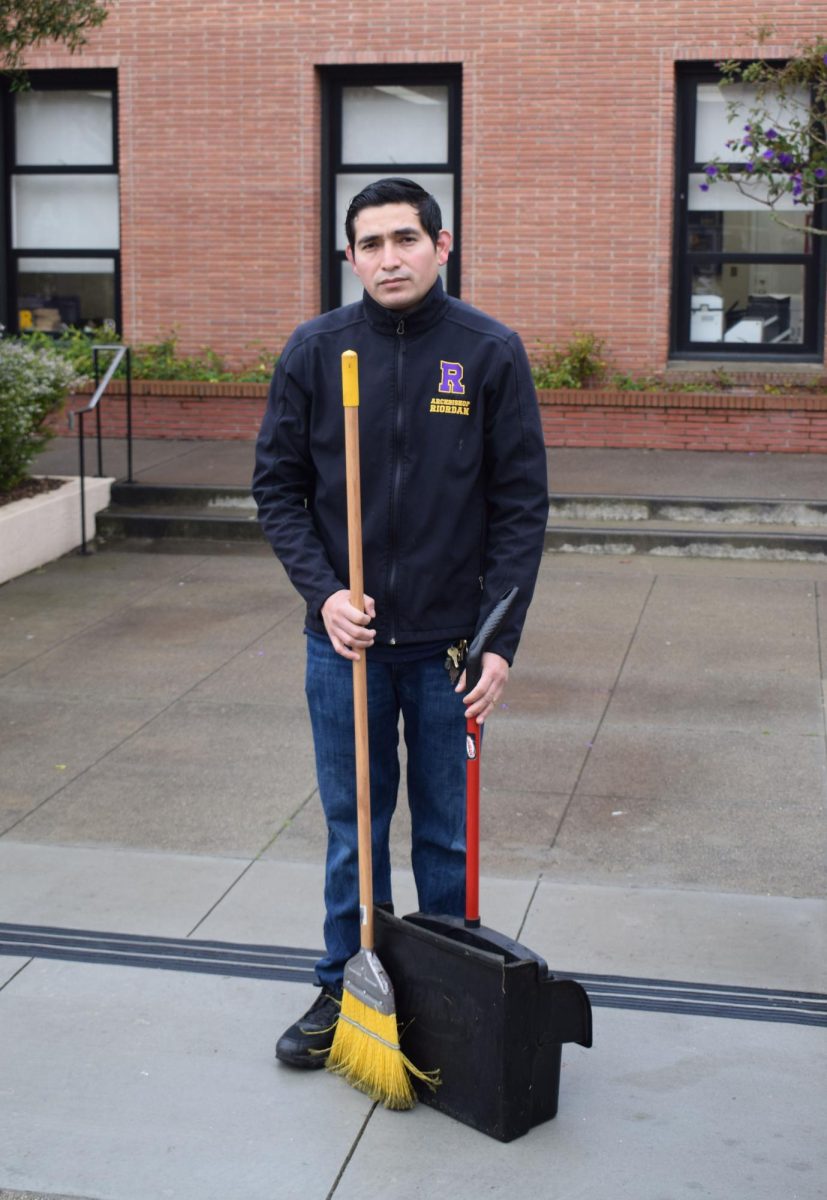
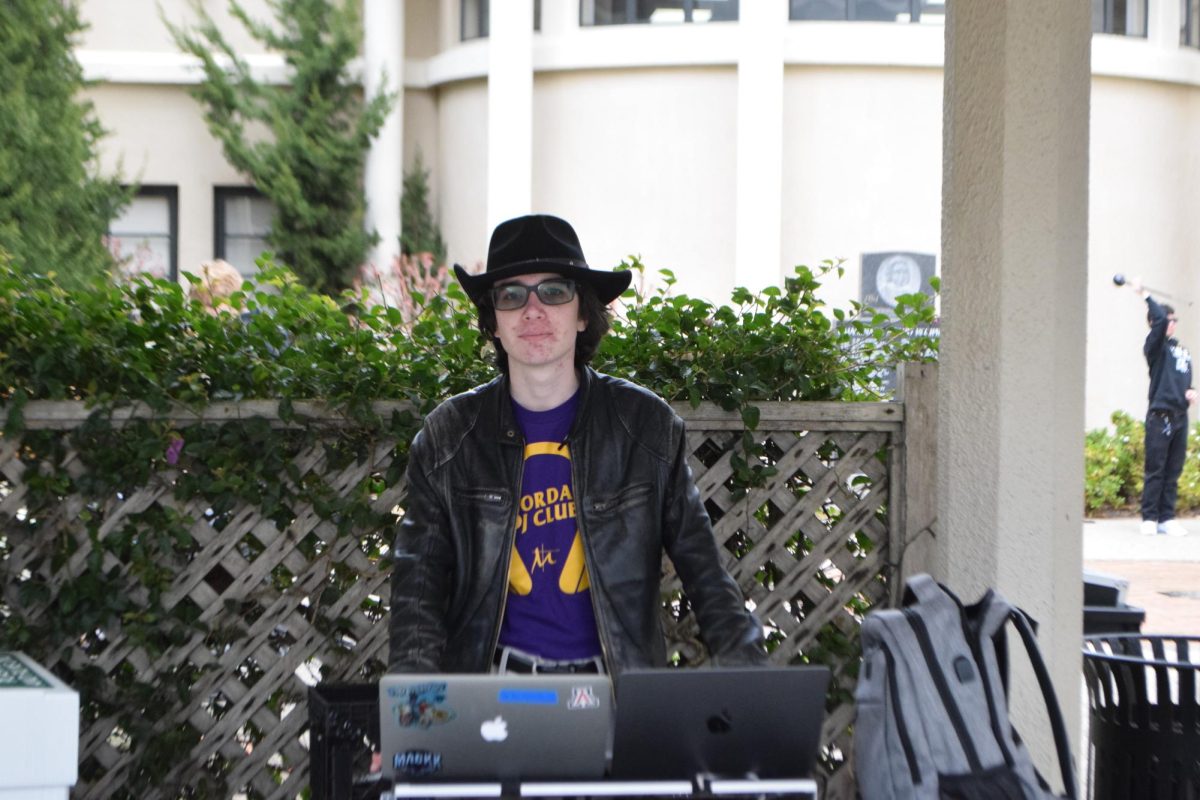
P. Webster • Oct 10, 2021 at 11:18 am
Thank you for this article. I am a great grand daughter of Francis my mother was Eleanor Hinds.
Amy O'Hair • May 13, 2020 at 2:52 pm
Thank you for this clear and succinct summary of the Tyrrels’ story, Levis!